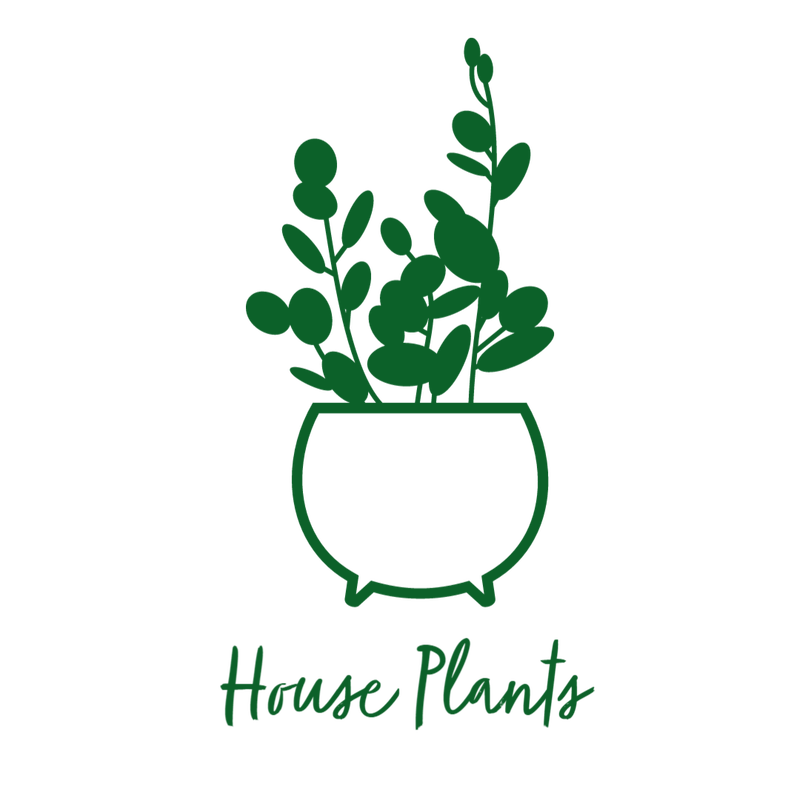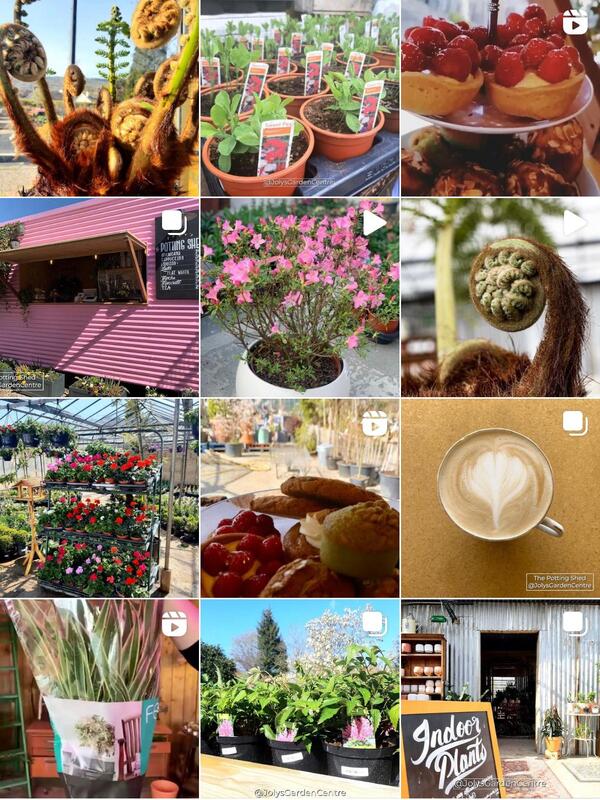First we are going to discuss benefits of repotting a houseplant:If you are in doubt about leaving your houseplant in the nursery pot, please don't do that. Repotting indoor plants has many advantages. Growers put their plants in small pots to reduce transport costs. But if the plant is no longer with the grower, it needs more space. In this article we will explain how to repot a houseplant.  Stimulate Growth When a houseplant is repotted, the plant's growth is stimulated. Some plants are very sensitive to repotting and quickly grow in size after repotting. Larger water buffer Easy to care houseplants are growing in popularity, so that care is less effort from your houseplant you can so that the house plant in a larger pot put the water buffer larger, so they do not so often pour need. The larger amount of soil will also absorb more water if you accidentally water too much. This is important as no water should collect at the bottom of the pot as this can lead to root rot. Nutrient If you use fresh potting soil when repotting, the houseplant will have enough nutrients for the next 6 weeks and you will not need to fertilize during this time. The pot makes the plant Repotting a houseplant in a plant pot is not only better for the plant but will also make the plant look a lot nicer. Most of the time, the original breeding pot is too small compared to the plant. The plant will attract more attention in a larger pot. Suffocation The roots of indoor plants also need air to keep them healthy. Fresh earth is often not so impressed and therefore allows more air to pass through. When repotting, the soil becomes loose again so that the houseplant can breathe again. When to repot It is best to repot a houseplant in spring. This time of year is most suitable because the plant gets energy again from the rising temperature and higher light intensity. This will help the houseplant to grow new roots. If you bought a houseplant in winter, you can repot it immediately, but you should be careful not to damage the roots, as the plant will not recover as quickly. You should actually repot flowering plants only after the flowering time, as repotting can be a shock for the plant. Repotting during the flowering period can greatly reduce the flowering period. How to repot: Choose a pot that is at least 20% larger than the last pot. A house plant in a nursery pot with a diameter of 27 cm, for example, needs a pot with a diameter of at least 32 cm. The water level indicator should be the same height as the pot. Fill the pot with soil until the root ball comes approx. 1 to 2 cm below the edge of the pot. Remove the nursery pot. Place the houseplant in the middle of the pot. Fill the pot with the soil. You can possibly cover the pot with decorative gravel or decorative moss. Now you can control how much water the plant needs. Pour until the water level indicator starts moving. You shouldn't pour more than that because there shouldn't be any water under the pot. Mrs. Joly’s Advice: Recommended method: repotting in a closed plant pot with a water level indicator and volcanic astrat. Repot into a plant pot without a drainage hole. Advantage: modern pots, no chance of water on your floor, you can control the amount of water & solve the reason.
2 Comments
9/15/2022 09:42:56 pm
I love repoting houseplants to stimulate growth. Thanks for the detailed explanation!
Reply
2/10/2023 03:02:57 pm
Easy, moist, and porous soil should be the best for indoor plants. In general, you can choose the market-bought soil mix or even you can go for different ingredients and then mix them up to make your homemade potting mix. Whatever, the choice is, there should be a general potting soil for all indoor plants. What is it?
Reply
Leave a Reply. |
AuthorMeet Mrs. Joly our in House Gardening Expert. Archives
October 2020
Categories |
Follow Us on Instagram @jolysgardencentre |
Phone |
|
COPYRIGHT © 2022 Jolys Garden Center









 RSS Feed
RSS Feed

